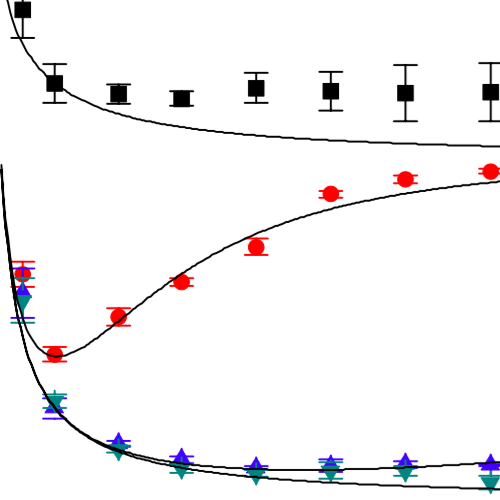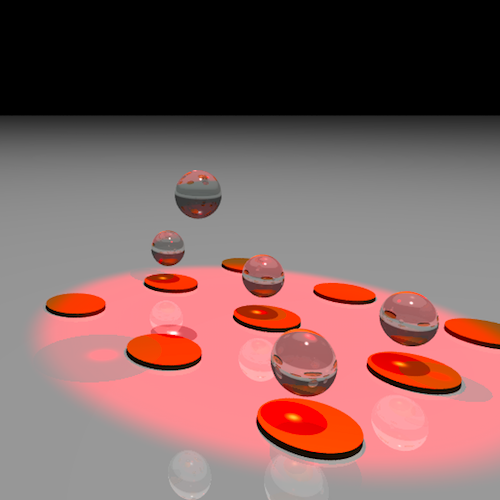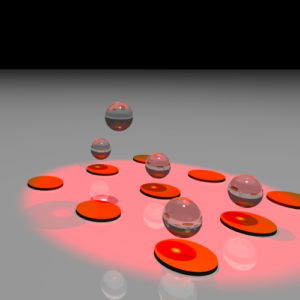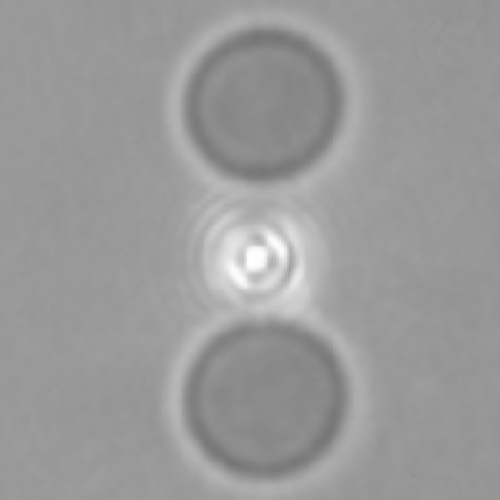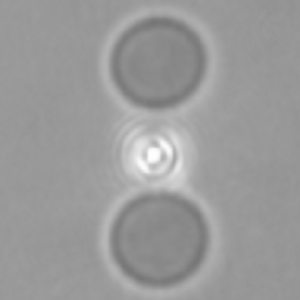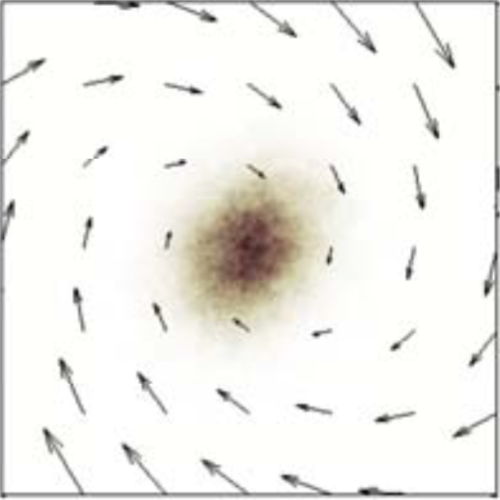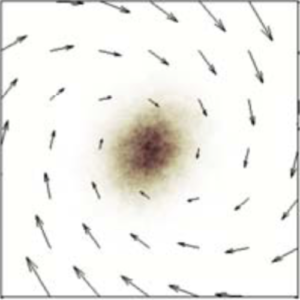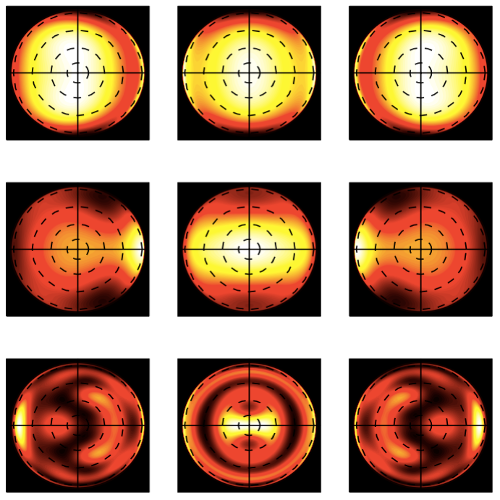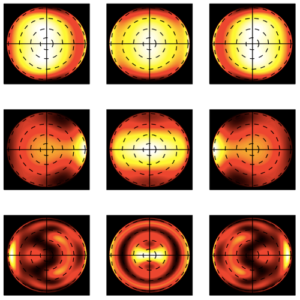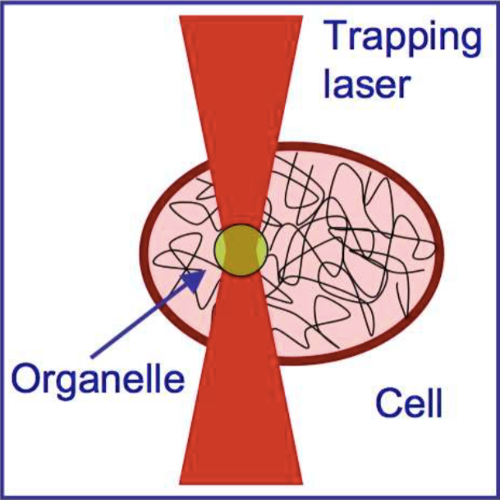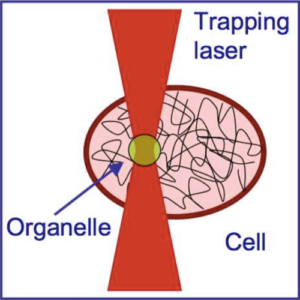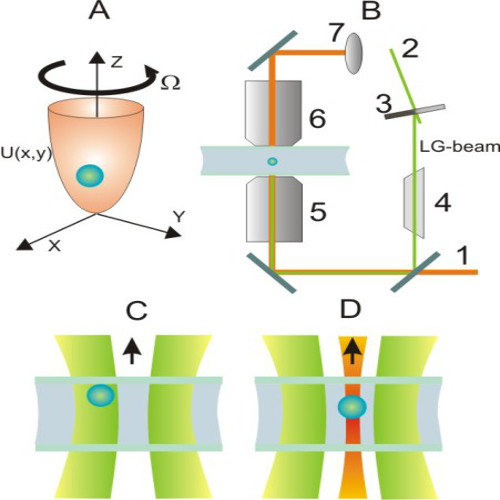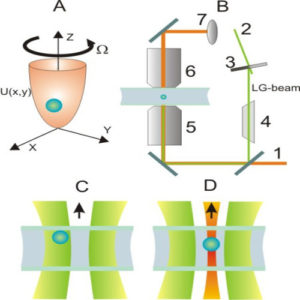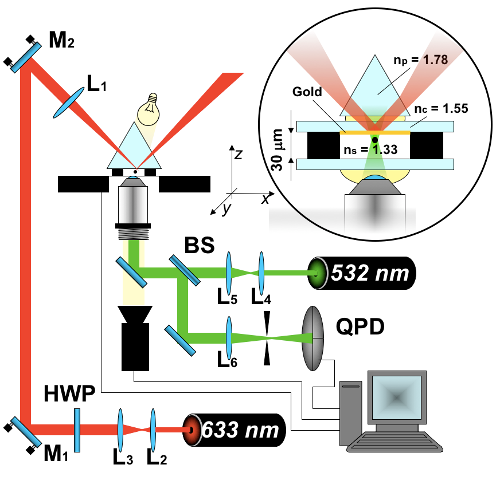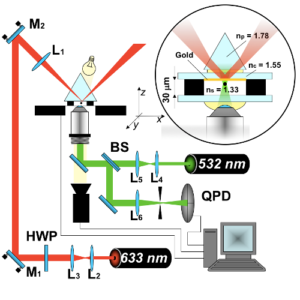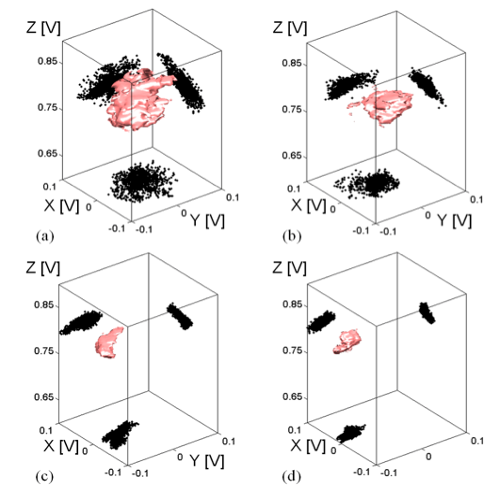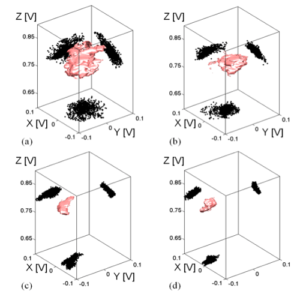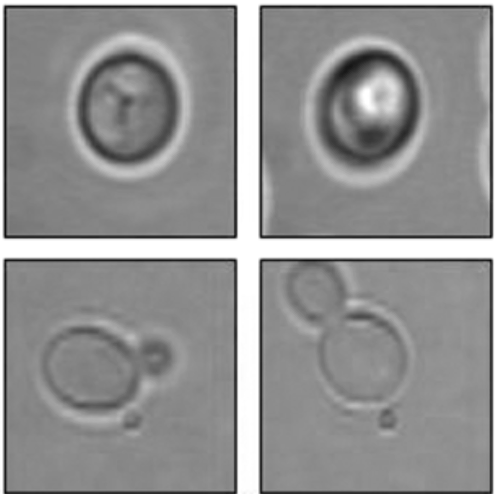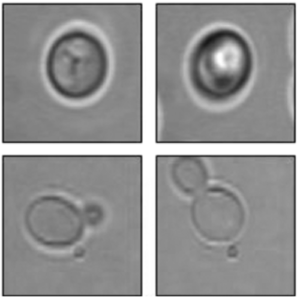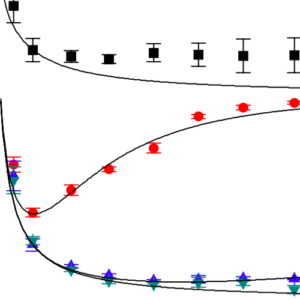
Stochastic resonant damping in a noisy monostable system: Theory and experiment
Giovanni Volpe, Sandro Perrone, J. Miguel Rubi & Dmitri Petrov
Physical Review E 77(5), 051107 (2008)
DOI: 10.1103/PhysRevE.77.051107
Usually in the presence of a background noise an increased effort put in controlling a system stabilizes its behavior. Rarely it is thought that an increased control of the system can lead to a looser response and, therefore, to a poorer performance. Strikingly there are many systems that show this weird behavior; examples can be drawn form physical, biological, and social systems. Until now no simple and general mechanism underlying such behaviors has been identified. Here we show that such a mechanism, named stochastic resonant damping, can be provided by the interplay between the background noise and the control exerted on the system. We experimentally verify our prediction on a physical model system based on a colloidal particle held in an oscillating optical potential. Our result adds a tool for the study of intrinsically noisy phenomena, joining the many constructive facets of noise identified in the past decades—for example, stochastic resonance, noise-induced activation, and Brownian ratchets.
